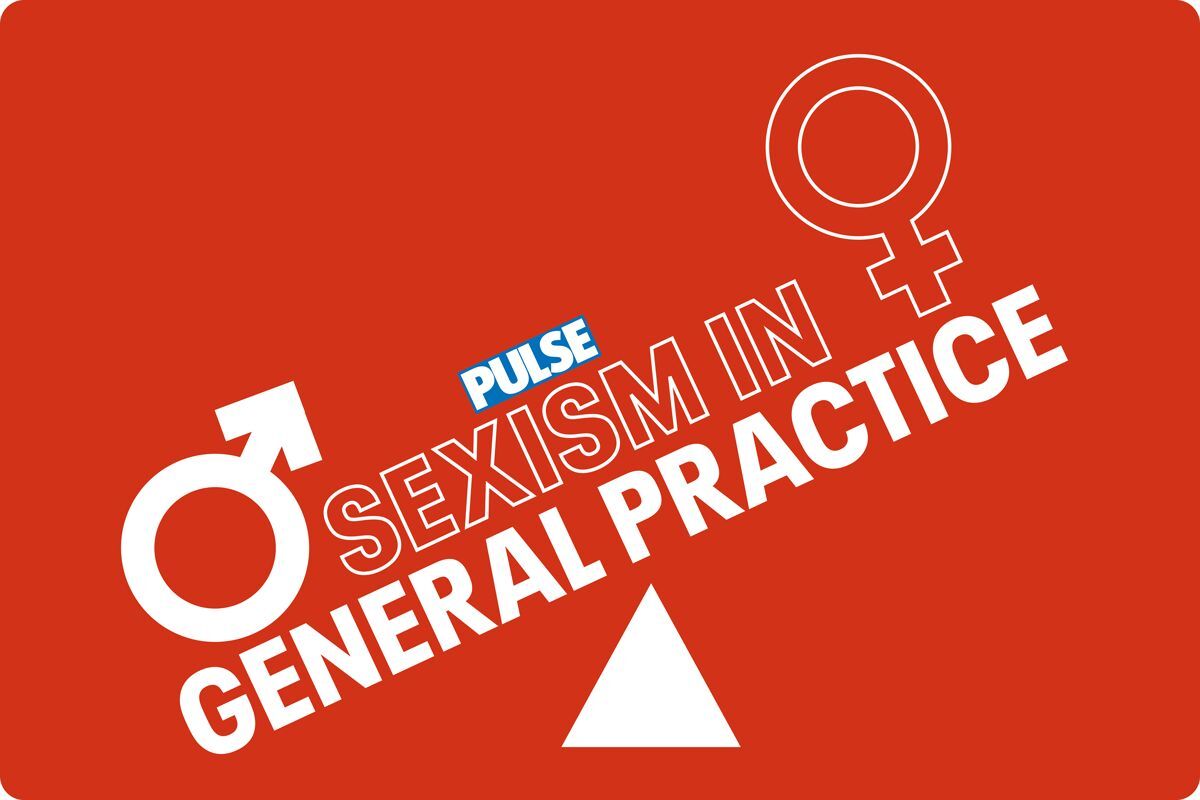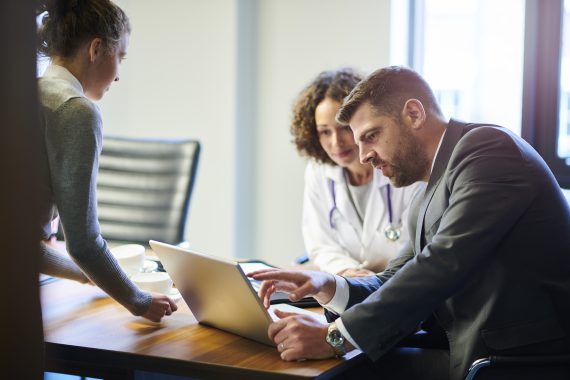1. Know where to get advice
The situation on coronavirus is changing rapidly. Do you know who in your organisation is responsible for making decisions in this area and how those decisions will be cascaded down? If not, then find out. If you want the information directly from Public Health England (PHE), you can access their most up to date case definition online.1
2. Be aware of the current definition of a possible case
At the time of writing, a possible case is defined in two ways. The first is for people with no epidemiological link (e.g. a travel history or contact with a case) – for this group, only test if the patient needs hospital admission and has either pneumonia, acute respiratory distress syndrome or influenza-like illness. The second group is those with an epidemiological link. In the 14 days before the illness starts, they need to have travelled to one of the at-risk countries (this includes transit through an airport) or had close contact with someone who has been confirmed as having Covid-19. Close contact includes living in the same house, direct clinical contact or being within two metres of the person for 15 minutes or more. If someone who meets these epidemiological criteria has any respiratory symptoms including cough or shortness of breath, or a fever with no other symptoms, they are a possible case.
3. Know what to do if you identify a possible case
Ideally, patients who meet the definition of a possible case will be identified on phone triage, but if they are in your setting (or if your setting is somewhere they are told to go after phone triage) then the patient needs to be isolated and anyone wearing the room wears personal protective equipment (PPE).2 Testing should be organised using your local protocol and any positive results reported to your local health protection team.3
4. Know what to advise people if you are speaking to them on the phone
Many GP surgeries are doing phone triage – experienced nurses may be asked to help with this. Anyone who is a possible case should not come to the surgery. They will need testing and can arrange this by ringing 111 or using the 111 online service to book a test4. The 111 phoneline has been overwhelmed lately5 so encourage those patients with internet access to use the online service.
5. Signpost patients wanting a sick note to cover self-isolation
Patients may ask for a sick note to cover the time that they are in self-isolation. Clearly, encouraging those who are self-isolating to come to the surgery to get a sick note is unwise! Tell these patients that they can self-certify for seven days as usual6 and then get an email confirmation from 111 for the second seven days.7
6. Look after yourself
Airline safety briefings tell you to put your own oxygen mask on before helping others, and the first step in any resuscitation is to ensure that the area is safe. You are of no use to anyone if you get sick. Wash your hands regularly, use hand gel between patients and take advantage of whatever protective equipment is offered to you. If you are pregnant or immunocompromised, consider seeking advice from occupational health.
7. Don’t panic
It is easy to get overwhelmed with the stories of doom and gloom in the media, and we are probably in for a rough ride over the next few weeks. Try not to get so stressed that you aren’t effective at work or at home. If stress about coronavirus is affecting you on a day to day basis, seek help – there are online resources that you can turn to8,9,10 and a chat with a supportive colleague can be invaluable.
8. Know what to do if you have tested negative
If you have been in a category 1 area (or had contact with an infected person) then you should stay at home for 14 days unless advised otherwise by 111, even if you have had a negative test. The 14 days starts when you leave the area, or at your last contact with an infected person. Those who have been in a category 2 area need only self-isolate if they have symptoms. Once the negative test result is received, they can stop self-isolating at 14 days, or when symptoms resolve, whichever is soonest.1 The definition of category 1 and 2 are on the PHE website and may change with time.11
9. Give sensible advice to your at-risk patients
Your patients who are aged under one, over 65 or have a chronic illness or a suppressed immune system (due to illness or infection)12 are at increased risk of becoming very ill if they get coronavirus. Advise them to avoid contact with anyone who is known or suspected to have the infection and that they may want to practice ‘social distancing’ by, for example, reducing their attendance at public events or working from home.13
10. Take part in future planning
If your workplace is planning for the future, be involved and know what is going on. Is there a plan to help parents work if the schools are closed, for example by arranging informal childcare? Could you work from home when you are doing admin? What routine work is being delayed? Make sure you are well-informed.
Dr Toni Hazell is a GP in North London
References (all links accessed 12.3.20)
1. PHE. COVID-19: investigation and initial clinical management of possible cases
2. PHE guide to PPE. https://assets.publishing.service.gov.uk/government/uploads/system/uploads/attachment_data/file/869978/PHE_COVID-19_Donning_quick_guide.pdf
3. How to find your local health protection team. https://www.gov.uk/health-protection-team
4. 111 online service to arrange a coronavirus test. https://111.nhs.uk/covid-19
6. Taking sick leave. https://www.gov.uk/taking-sick-leave
7. Information about getting a sick note from 111. http://www.pulsetoday.co.uk/clinical/clinical-specialties/infectious-diseases/coronavirus-patients-can-call-111-to-get-email-confirmation-instead-of-gp-sick-note/20040268.article
8. https://www.bigwhitewall.com/
11. PHE. COVID-19: specified countries and areas. https://www.gov.uk/government/publications/covid-19-specified-countries-and-areas
12. PHE. Advice for people who live in the same accommodation as the patient
13. PHE. Coronavirus (COVID-19): What is social distancing. https://publichealthmatters.blog.gov.uk/2020/03/04/coronavirus-covid-19-what-is-social-distancing/

















